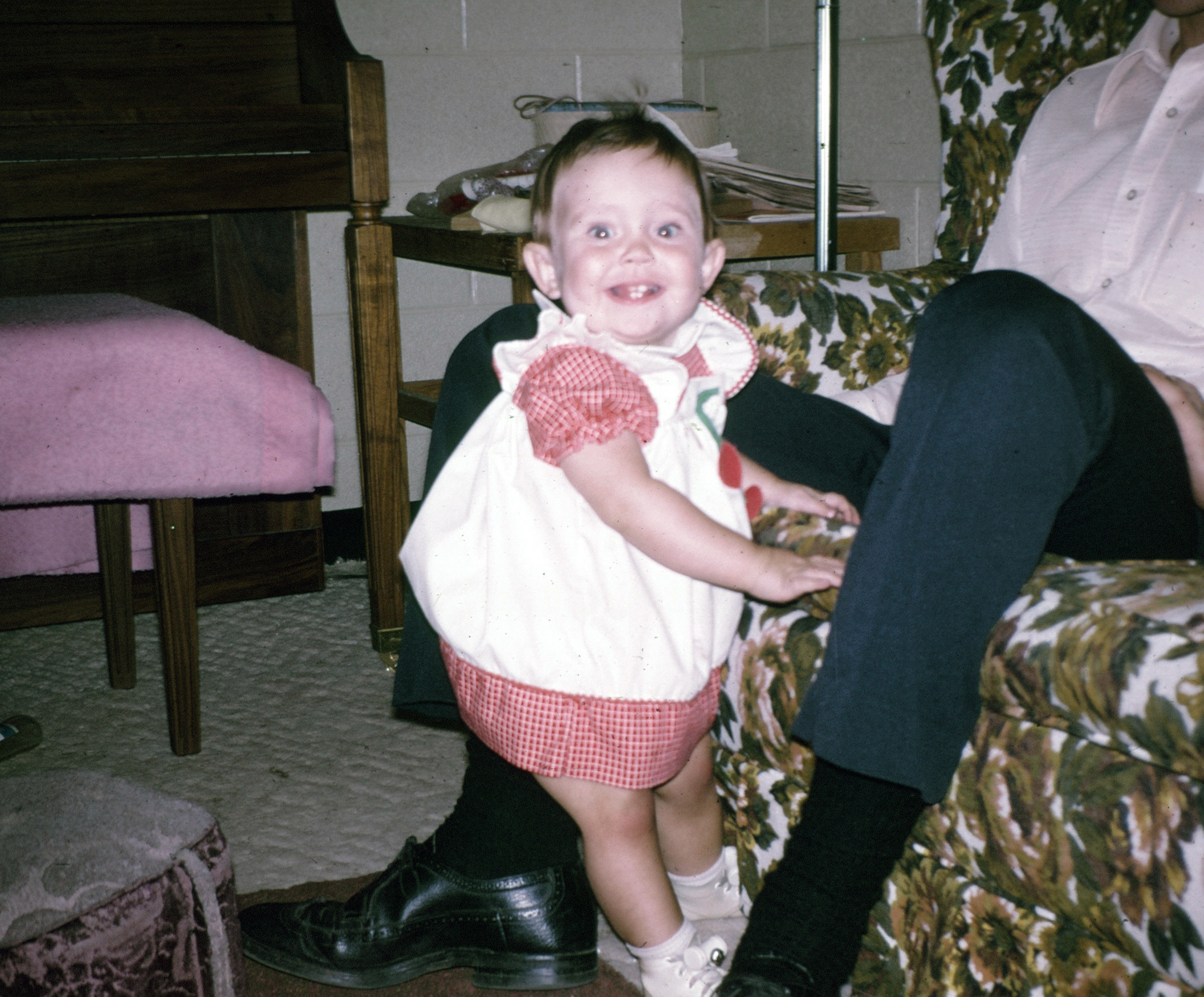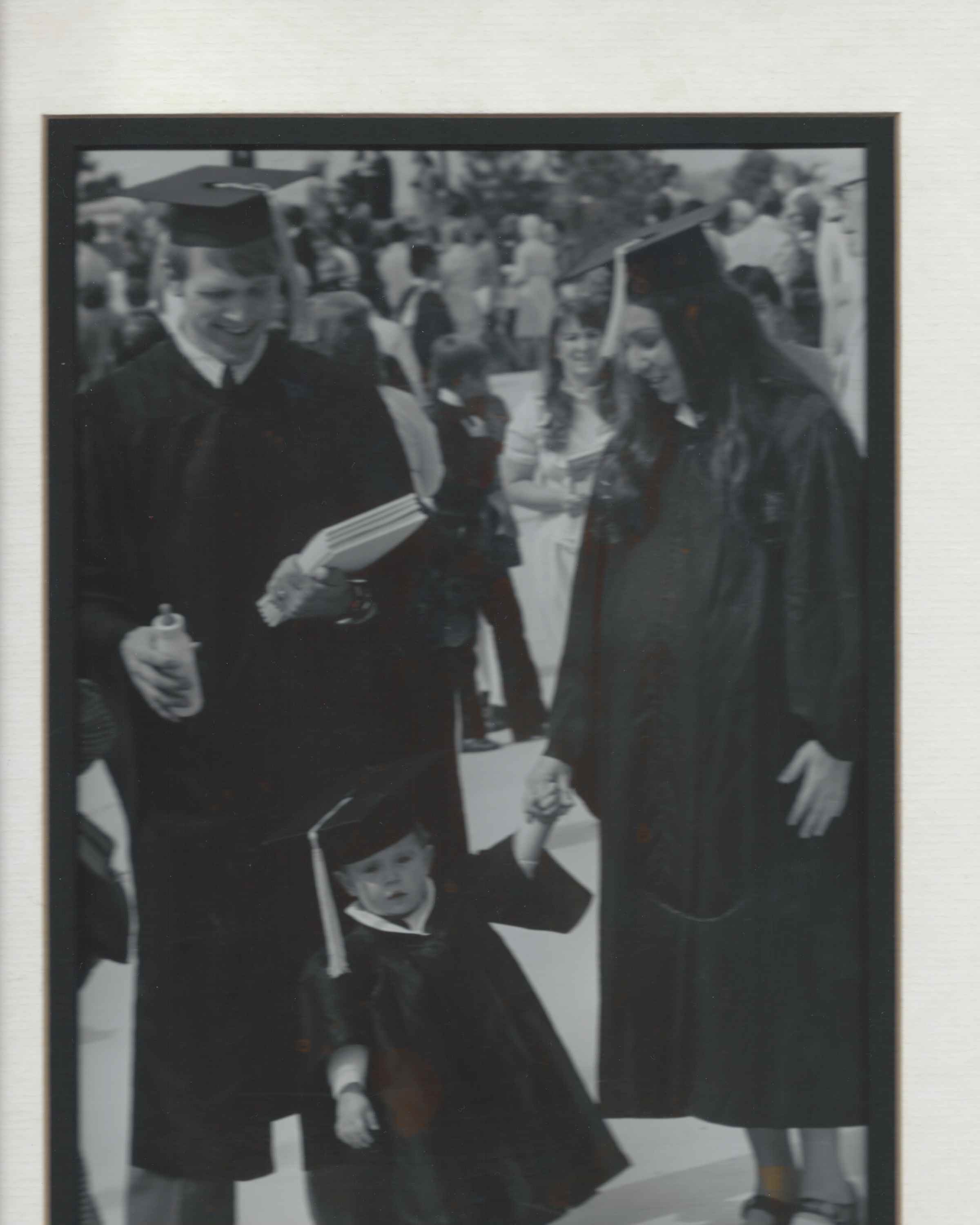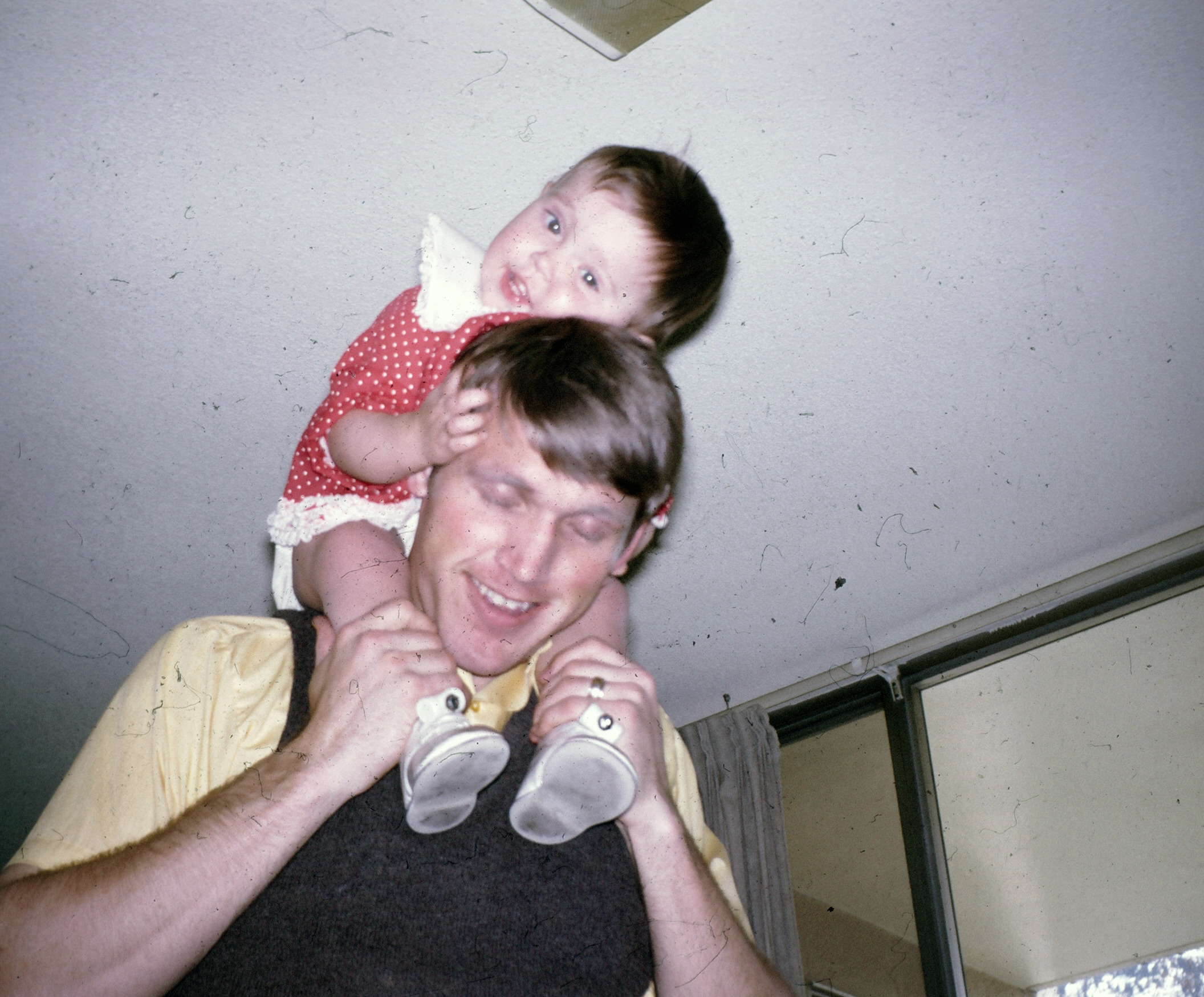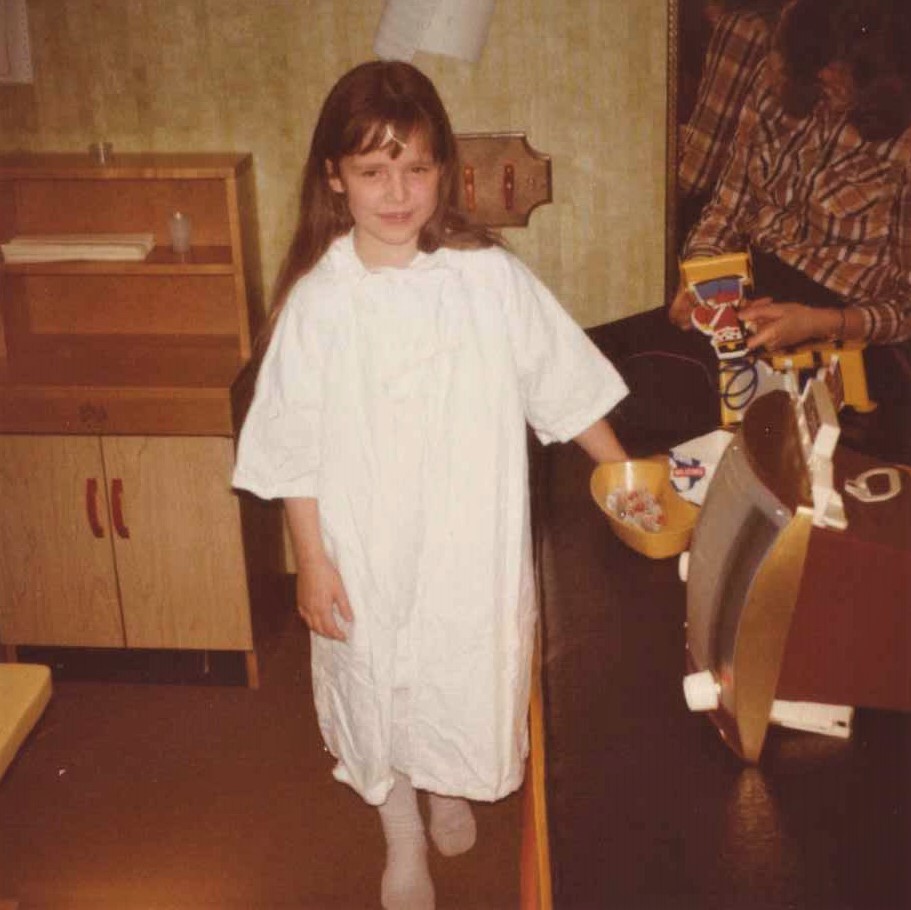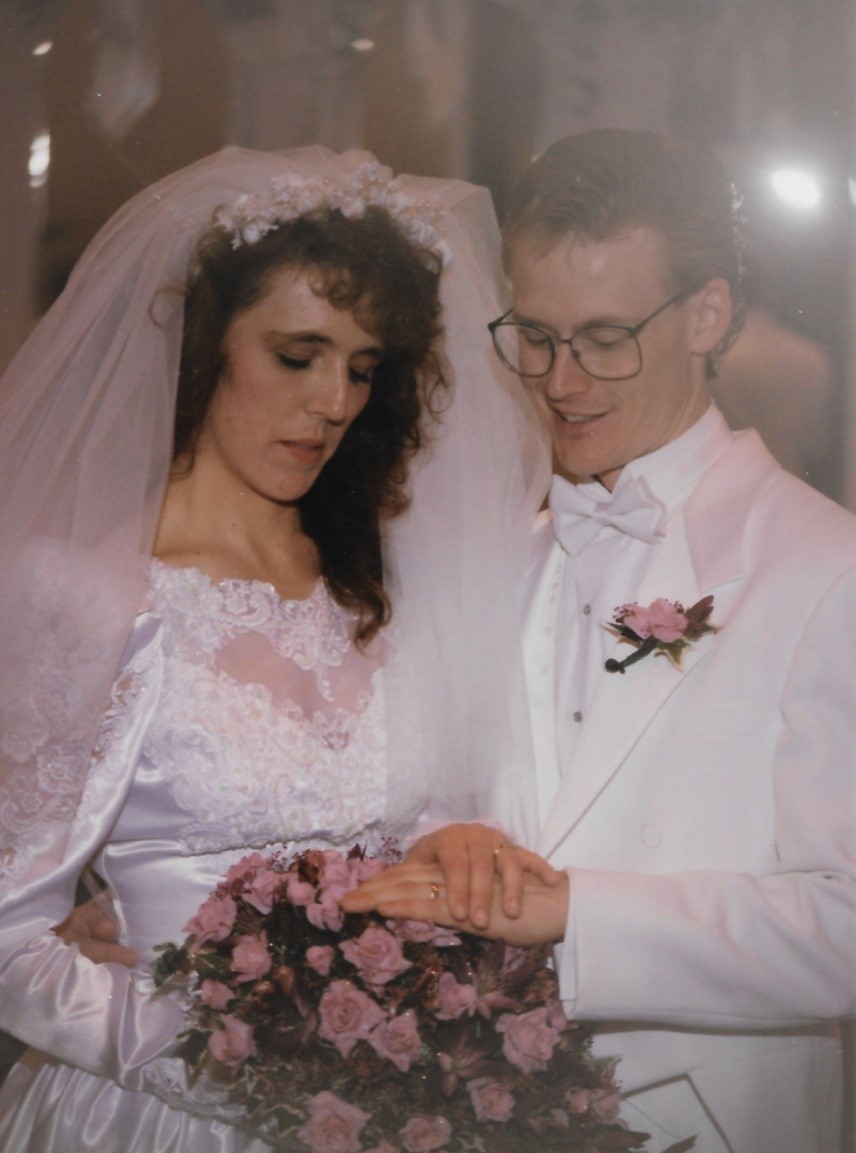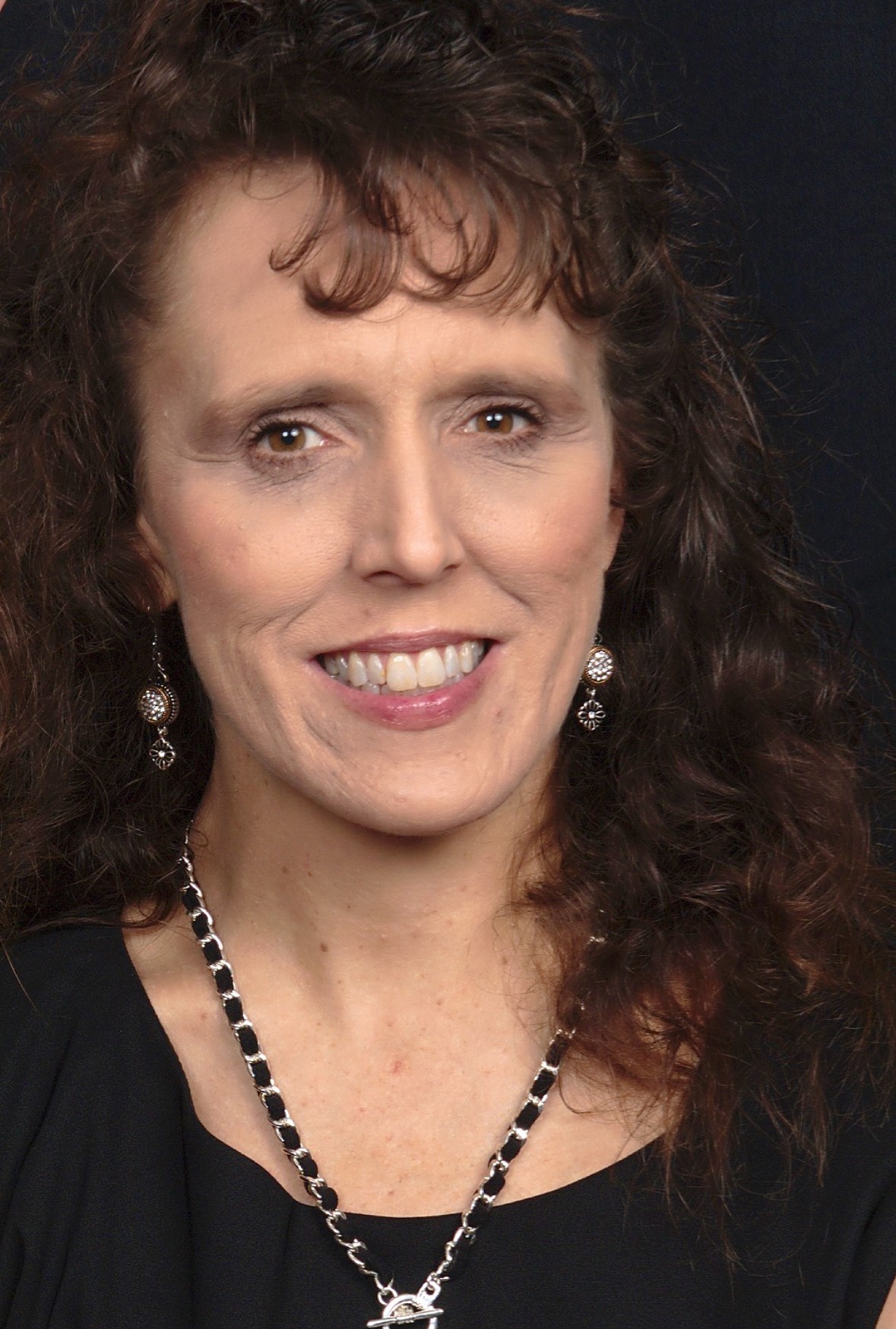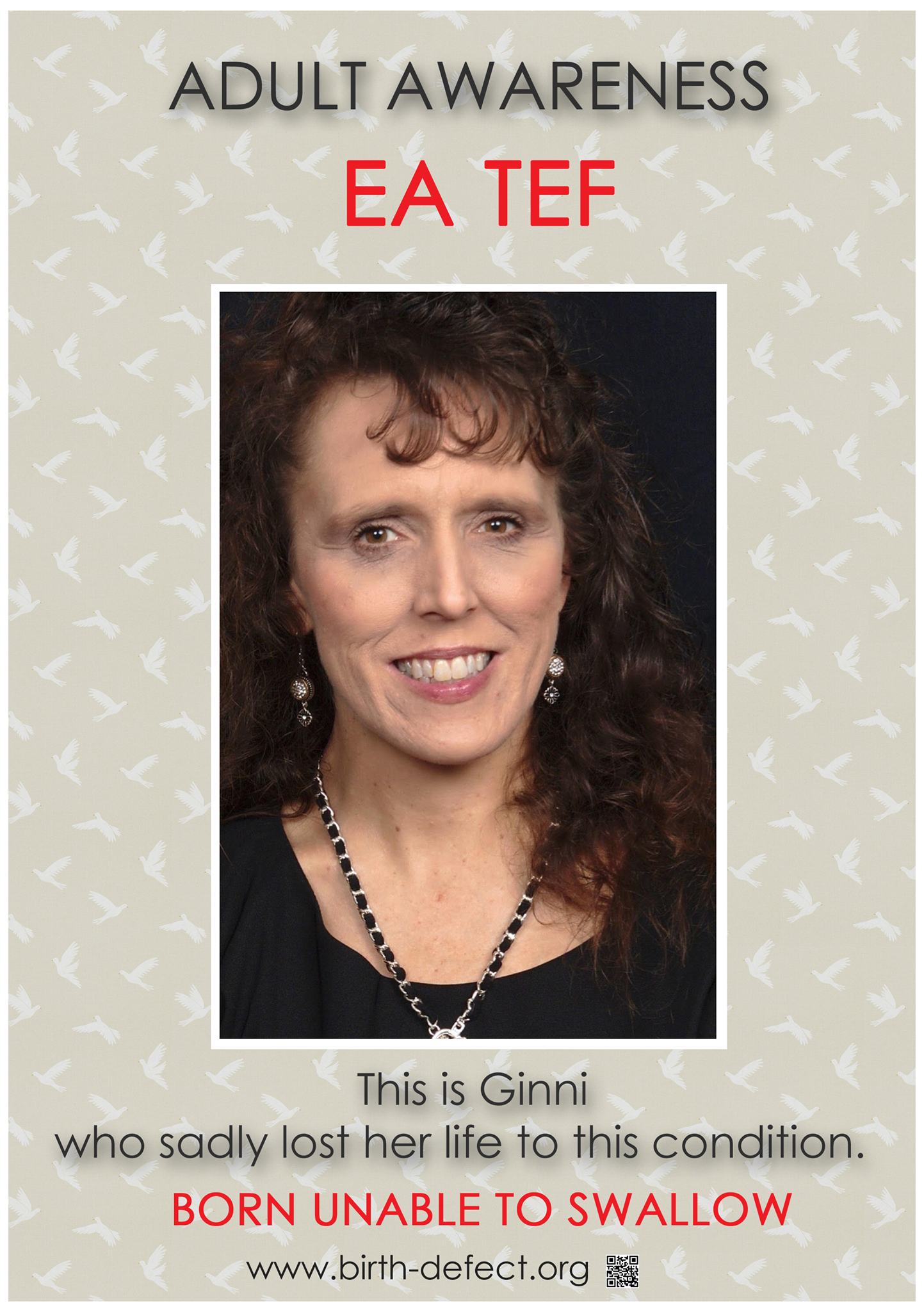My notes stop here so I will put down what I remember.
Ginni called me and was having severe Braxton-Hicks contractions. My mind finally clicked on and I knew she was in labor. I took her and Jeff to St. Ben’s hospital after calling them and Ally Phipps. Ginni was INDEED in labor and about to deliver. The time had come and I did not need decisions any longer, since it was out of my hands. Dr. Silver listened to my recent history and the fact that Ginni did not feel regular pain. I answered every one of his questions. My husband, Wayne, showed up some time through this.
Another thing – they had wanted to send her by LifeFlight to the U of U Med Center, but her labor was too advanced. Jeff had hysterically said he could not afford it. I turned to the doctor and said the corny-sounding phrase, “Money is no object. Do what you must.” But Life Flight turned back.
The machines showed a low heart rate for Noah, although the doctor had planned on a regular delivery. Then he took me outside and said they were going to have to do an emergency C-Section. I quietly told everyone what was happening as the medical team prepared. We did an extremely wild and fast “bed drive” down the hall with everyone talking over each other. We arrived and Jeff wanted to go in. The doctor said okay. And the doors closed.
Soon the doctor opened the doors and grabbed me, saying I had been a part of everything all along and I should be in there. I saw the nurses glare at me but he said it would be okay. The doctor said there was no time to scrub and gowned me himself. Jeff stood at the right side of her head and me at the left. I could stand on tiptoe and see everything. It was all very fast and professional. Then there was Noah, held up for all to see, breathing and everything! He was snatched away by another medical team and we were left with Ginni.
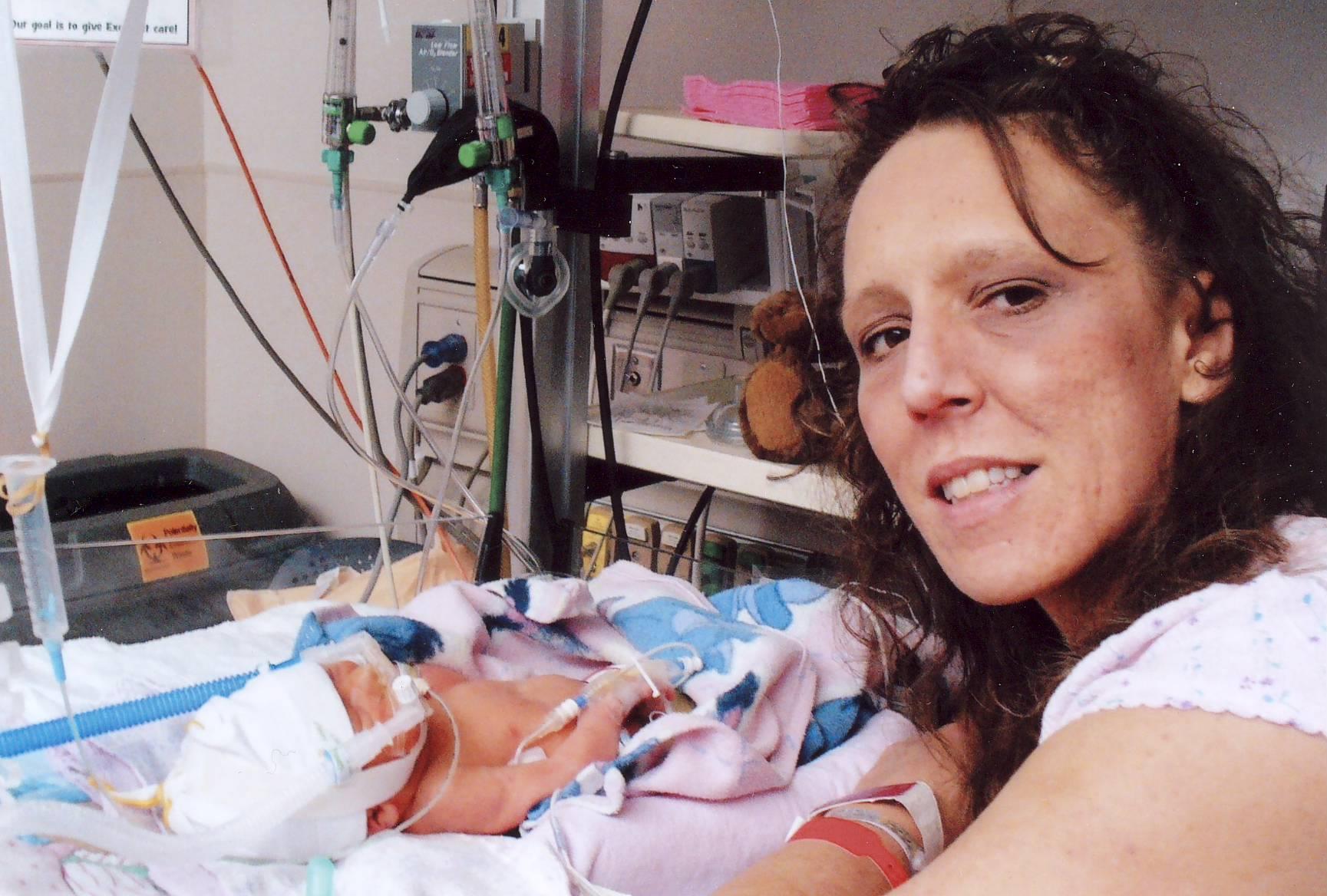
Ginni had been given anesthesia of some sort and was quite asleep. I watched her as they stitched her up, placing her uterus on her upper abdomen. The area inside her was absolutely empty, not the way I had imagined it. It was so routine and Dr. Silver and the nurse talked about everyday things. I had started in nursing way back and was doing the “book” learning before clinical, enough that I had a major in English later on. But I had never realized the boredom that comes after the excitement.
The team with Noah reported back.
They had drained some of the water in the abdomen – AND I remembered that was definitely NOT supposed to be done. Then Noah was in critical condition and they called for an ambulance. I said goodbye to a sleeping Ginni and to Jeff who would stay with her, and we rushed to our car.
I prayed unashamedly for Noah to live – I couldn’t stop myself. We drove quite fast but the time getting there seemed much longer than ever before. We arrived and hurried to the NICU. The nurse said visiting hours were over the period and where was the mother. I said snidely that the mother was in another hospital recovering from a C-Section, and all I wanted was to know that Noah had arrived alive. She was unremitting, saying she could talk only to the mother. I tried to tell her I was then the legal guardian in place of her mother, but she was totally obstinate. Tears erupted from me.
Then a young doctor grabbed us and said come on in. We went in through the maze of incubated babies and were able to see Noah breathing fine in an incubator, with wires everywhere. I thanked him profusely because that set my mind at ease.
We were in the waiting room when two doctors who looked like kids told us what was to be done. They asked why the fluid had been partially drained at St. Ben’s Hospital. I said it was out of my hands at that point. Then, whatever was said next, I got mad. I told those two punks that why should the students operate and not the creator of the original surgery. I demanded that Dr. Dale Johnson be brought in. They said, “You don’t want that old man!”. Wayne restrained me, I think. The conversation had become shouting and all the other parents were watching us. Finally, they called Dr. Johnson in. I gave him the recent history and he gladly took over Noah’s case.
He was a bit grayer but otherwise, he looked like a miracle.
After Noah was stabilized, the surgery was set. We stayed in the new-to-us Ronald McDonald House for the night. Then the surgery was performed with expertise the next day. Noah was indeed alive. Part of his intestines, including his lowest valve into the intestines, were necrosed and had to be removed. The bowels and the lower part of his esophagus were resected.
To follow was the routine scrubbing up and gowning to see him during visiting hours. If the nurse remembered me, she didn’t show it. When Ginni was better, she and Jeff took our room at the Ronald McDonald House and we went home to rest. Noah seemed to weather his surgery and ensuing care like a pro. Wayne thinks Noah was in the hospital for a month. It was hard to say goodbye to Dr. Dale Johnson. How do you thank a man who saved both your daughter and her son?
Many doctors’ appointments later, Noah was fine. One day, Ginni went to the restroom and the doctor said to me to look at Noah, but not as a grandparent. I looked at him on the floor and his face was similar to a Downs’ Syndrome patient. I said so and then said he seemed so perfect. She agreed. It seemed as though we had missed another bullet. I wondered how many more we could miss. Years then passed.
2008 May 2:
I was taking Ginni to Salt Lake City to shop. She said she thought she was having Braxton-Hicks. I felt her stomach and then sped to the U of U Med Center. They bypassed normal procedures and we were in a bed in the “impending delivery” room. The anesthesiologist came in to give her an epidural but Ginni said firmly that she felt like she had to push. The nurse backed the doctor off and we each took Ginni on each side and laid her down. Little “Virginia Natalie Hunsaker” came right out on the bed. I got to cut the cord, and Wayne and Jeff came about 20 minutes later. She had “pooped” while in the uterus causing meconium aspiration syndrome. She also had immature lungs. Natalie stayed in the hospital for 15 days.
2012 December 2:
Ginni gave birth to another daughter at St. Ben’s Hospital in Ogden, UT, named “Ava Grace Hunsaker.” The baby was a bit premature. However, Ginni had edema and blood clots, after which she got pneumonia. She had to go to the U of U Med Center for approximately 5 days, from the day after Christmas to December 31. Ginni had been really sick for quite a while before and afterwards with nodules on her liver.
I have no notes from that time.

